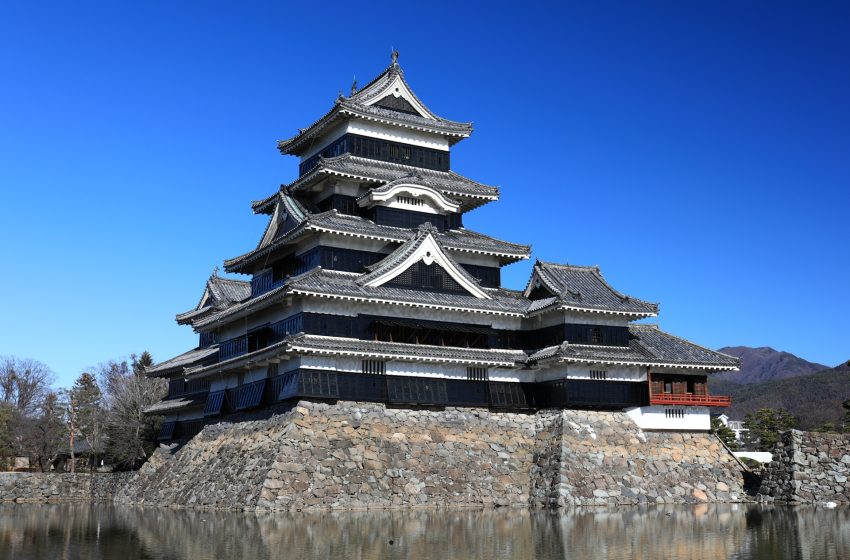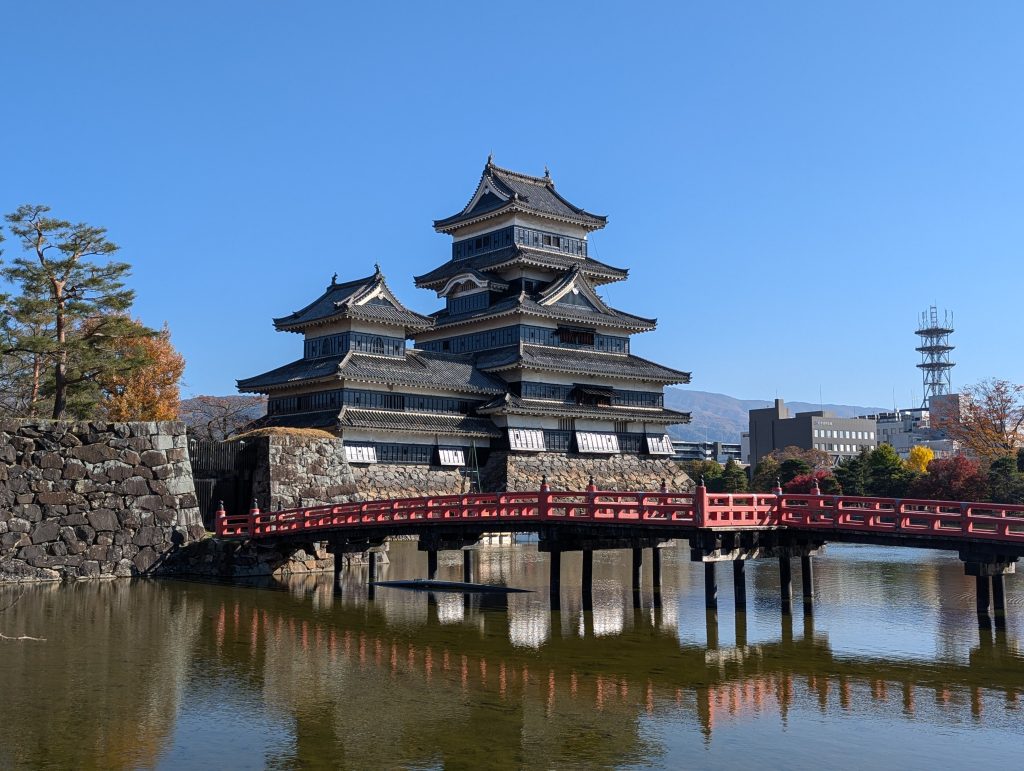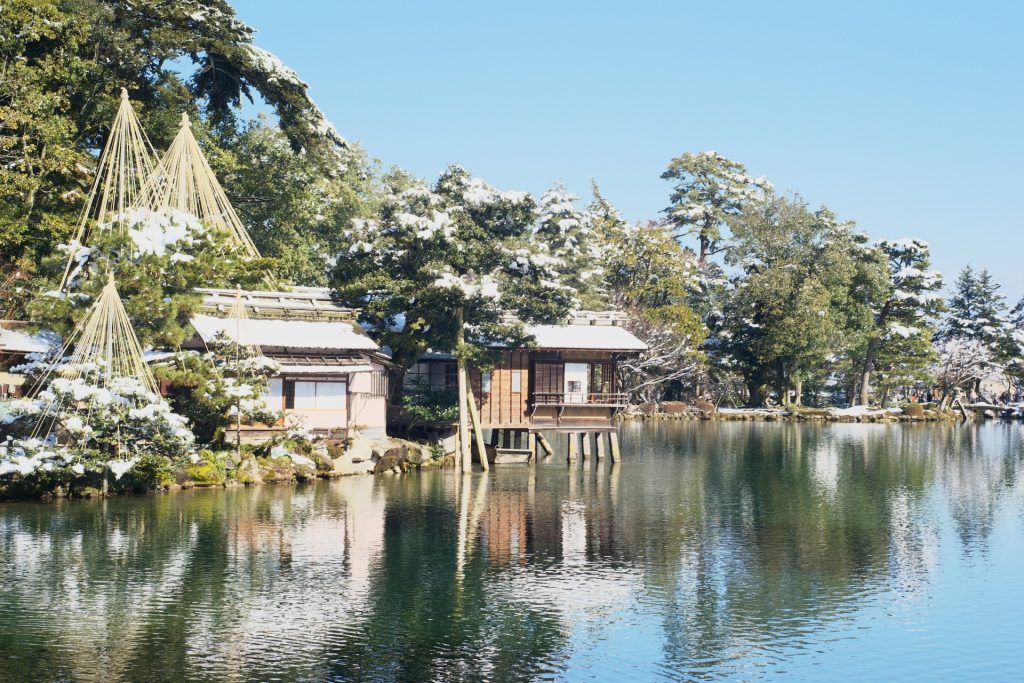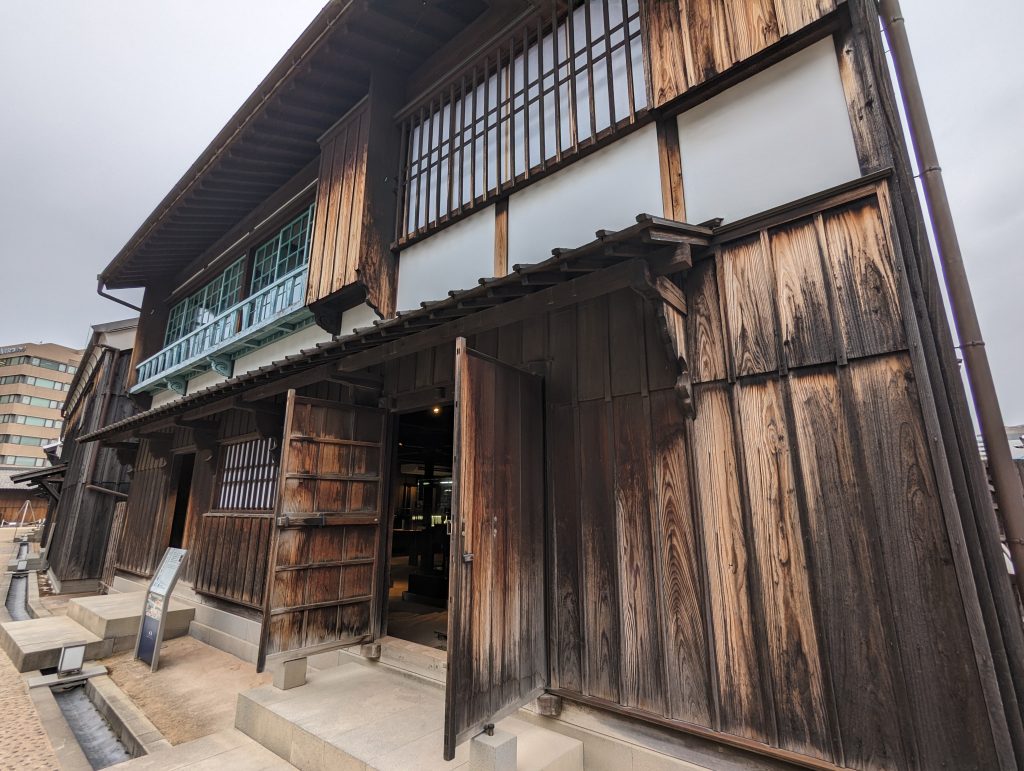
Discovering Japan’s National Treasure Castles: A Journey Through Time
Welcome, history seekers and architecture enthusiasts! Japan, with its rich feudal past, boasts some of the world’s most fascinating castles. Among these, a select few have been honored as National Treasures of Japan — a testament to their historical significance and architectural beauty. From the iconic “White Heron” to the stoic “Black Crow,” each castle has a story to tell. Join me as we explore the grandeur and mystery of Himeji, Hikone, Inuyama, Matsumoto, and Matsue Castles.
1. Himeji Castle (Himeji, Hyogo Prefecture)
Often referred to as “White Heron Castle” for its brilliant white exterior and graceful bird-like appearance, Himeji Castle is a masterpiece of wooden castle architecture. It’s not only the largest and most visited castle in Japan but also one of the first UNESCO World Heritage Sites in the country. The castle’s advanced defensive systems and intricate beauty make it a quintessential example of Japanese castle construction.
2. Hikone Castle (Hikone, Shiga Prefecture)
Hikone Castle is one of the few original castles left in Japan, making it a precious cultural asset. It’s known for its three-story tenshu (main keep), which combines various architectural styles. The castle grounds are also home to the beautiful Genkyuen Garden, a perfect example of Edo-period garden design, offering a serene landscape for visitors to enjoy.
3. Inuyama Castle (Inuyama, Aichi Prefecture)
Perched on a hill overlooking the Kiso River, Inuyama Castle is known for its authenticity. As one of the oldest surviving castles in Japan, it offers a rare glimpse into the country’s feudal past. The castle’s wooden interior and exterior have remained largely intact, providing visitors with an authentic experience of the Sengoku period.
4. Matsumoto Castle (Matsumoto, Nagano Prefecture)
Known as “Crow Castle” for its striking black exterior, Matsumoto Castle is one of the most beautiful castles in Japan. It’s a “hirajiro” – a castle built on a plain rather than a hill or mountain. This flatland construction allows for a breathtaking contrast against the backdrop of the Japanese Alps, especially during cherry blossom season or when the autumn leaves are in full display.
5. Matsue Castle (Matsue, Shimane Prefecture)
Matsue Castle, also known as the “black castle” for its dark exterior, is one of the few remaining medieval castles in Japan that still retains its original wooden structure. It stands in the city of Matsue, known as the “water city” for its scenic rivers and canals. The castle’s elegant design and the panoramic view from the main tower offer a journey back to the days of the samurai.
Visiting Japan’s National Treasure Castles
These National Treasure castles are not just relics of the past but are vibrant cultural sites, each telling its unique story of power, war, and artistry. When planning your visit:
- Check Access and Hours: Each castle has different access routes and visiting hours. Public transportation in Japan is convenient, and these castles are well-connected to major cities.
- Mind the Seasons: While these castles are stunning year-round, they each have a season when they are particularly breathtaking. Spring brings cherry blossoms, while autumn offers colorful foliage.
- Respect the Sites: These castles are National Treasures and should be treated with respect. Follow all guidelines and respect any areas that are off-limits.
Conclusion: Castles in the Sky and on the Land
Japan’s National Treasure castles are more than just tourist destinations; they’re living museums, offering a window into the past. They stand as a testament to the craftsmanship and strategic prowess of feudal Japan and continue to inspire and awe visitors from around the world.
So, pack your curiosity and embark on a journey to these majestic castles. Explore their keeps, walk their grounds, and let the walls whisper the tales of yesteryear.
Embrace the past, and let the enduring legacy of Japan’s National Treasure castles inspire your present!




